1. Pajamas Inside Out and Backwards
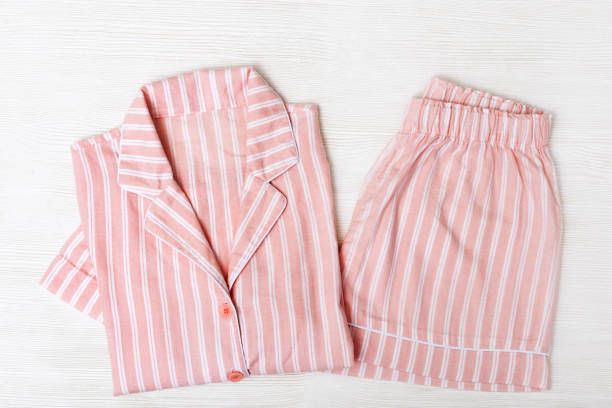
This is perhaps the most globally recognized and cherished snow-day tradition, its origins rooted in a simple desire to ‘confuse’ the natural order. The logic, if you can call it that, suggests that by reversing your clothing, you reverse the weather’s direction, forcing a blizzard instead of clear skies. For maximum efficacy, the whole outfit, top, bottoms, and socks, must be turned inside out, and the pants put on backward. While there is no actual scientific correlation, countless accounts from those who successfully woke up to a snow day swear by this particular inversion ritual as the essential foundation for a full day of winter fun.
2. Spoon Under the Pillow
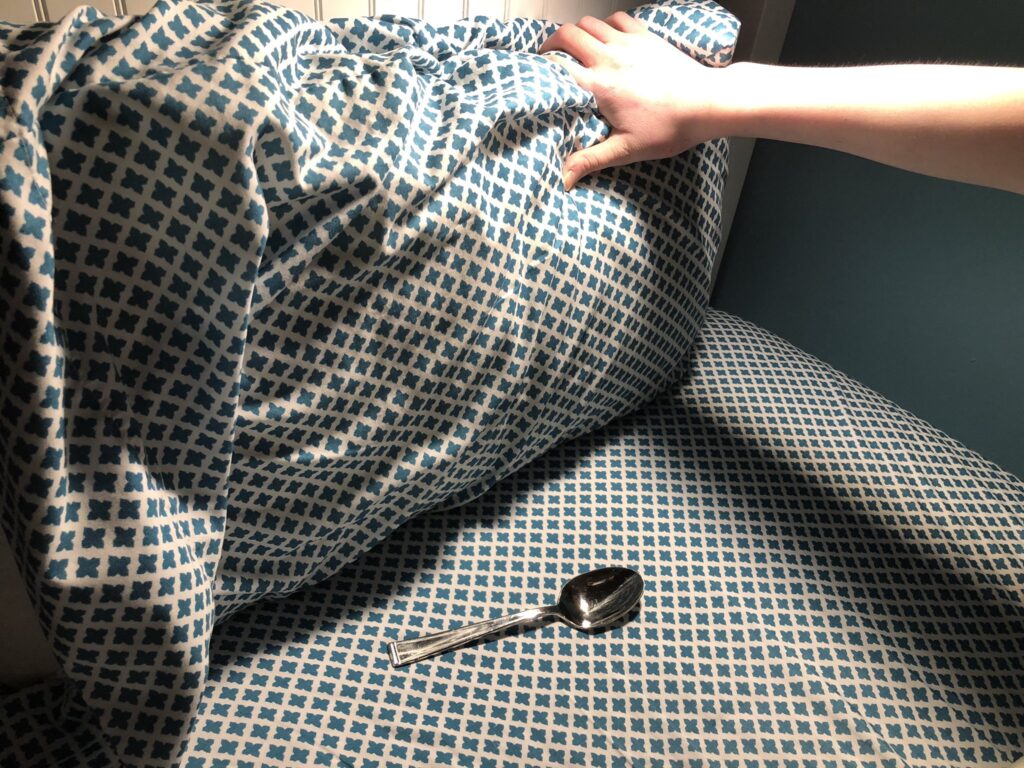
Another widely documented practice involves placing a spoon under one’s pillow before going to sleep. While the specifics, wooden or metal, facing up or down, vary by region, the core belief remains consistent. Some theories link the cold metal of the spoon to the desired temperature drop necessary for snow, creating a small, localized, cold-weather charm. Others suggest it’s a symbolic gesture of “digging” for snow, preparing for the day’s outdoor activities. Regardless of the purported mechanism, many parents report a noticeable increase in positive school closure announcements following a night where this simple cutlery was deployed as an atmospheric aid.
3. Flushing Ice Cubes Down the Toilet
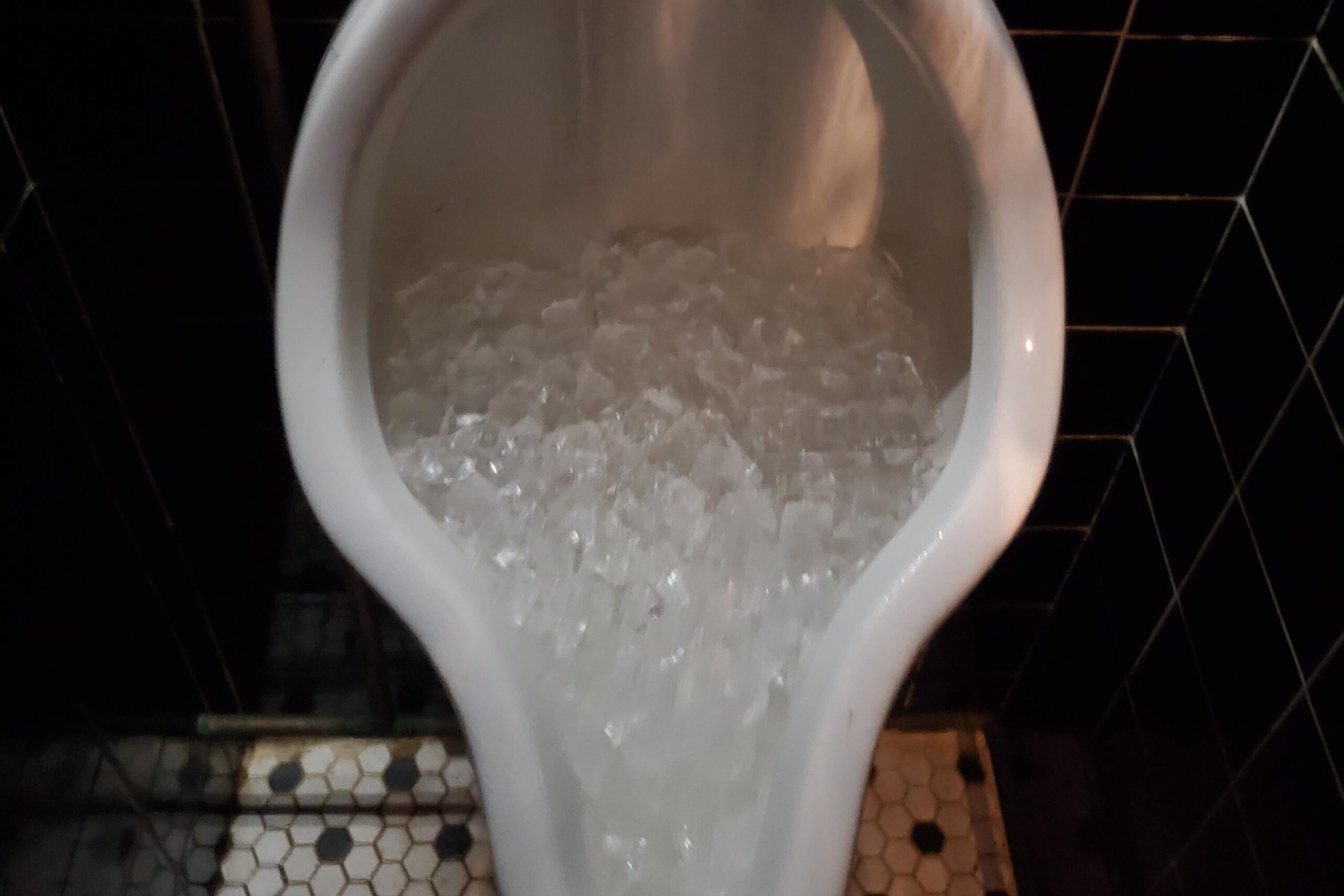
For the more proactive and symbolic practitioners, this ritual involves directly mimicking the cold precipitation needed. The common rule-of-thumb among students is one ice cube for every desired inch of snow, or sometimes simply a significant handful to jumpstart the process. The act of flushing is a symbolic way of ‘sending’ the cold water into the sky to turn into snow, or perhaps just cooling the local plumbing system. This tradition is particularly popular in areas where snow is infrequent, representing an active, almost desperate, plea for an authentic winter event and a much-needed break from the classroom routine.
4. Sleeping with a White Crayon
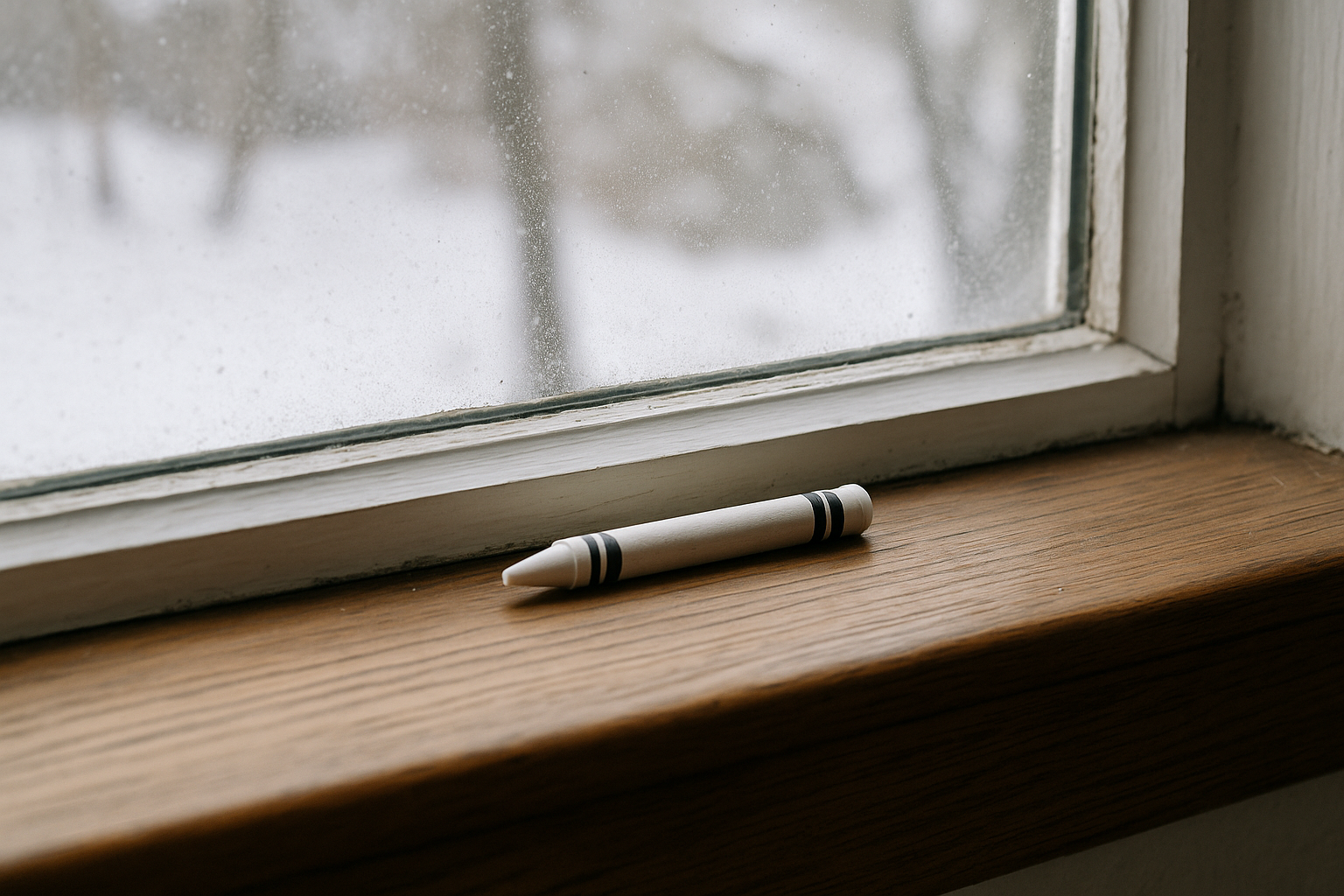
Often reserved for students who prefer a quieter, less messy form of weather control than the ice-cube flush, the white crayon superstition is purely symbolic. A white crayon is typically left on the windowsill or placed near the bedroom window the night before the expected snowfall. The goal is to visually ‘call’ the color of the snow down from the sky, a simple act of sympathetic magic where like attracts like. This ritual is a subtle acknowledgment of the anticipation, turning the window into a small, hopeful altar dedicated to winter precipitation, connecting the inside sleeper to the weather outside.
5. The Energetic Snow Dance
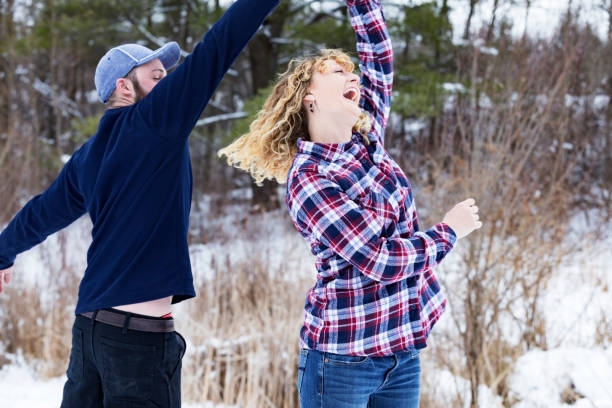
Far more boisterous than the rest, the “snow dance” is an expressive, regional, and deeply personal ritual. While the specific choreography changes from person to person, it generally involves jumping, spinning, and chanting to physically summon the snow clouds and force the temperature down. Often performed inside, to the chagrin of parents, or sometimes right out on the porch, this dance is pure, unadulterated hope turned into movement. The folklore behind this is an adaptation of traditional rain or weather dances, where ceremonial movement was used to appeal to spiritual forces to change the climate for a positive outcome.
6. The Ice Cream Sacrifice
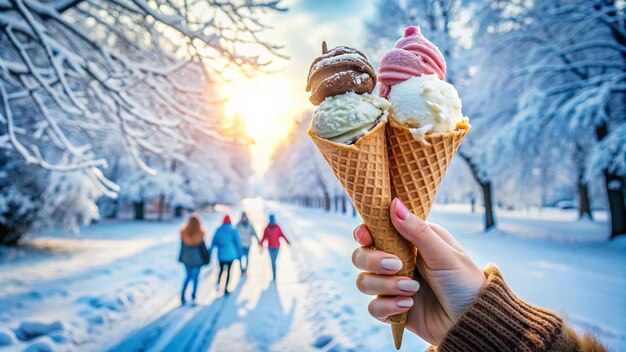
This ritual involves eating ice cream, popsicles, or another frozen treat, regardless of how cold it is outside, to tempt the snow gods. The theory is that by inviting more coldness into your immediate environment (or your stomach), you send a signal to the universe that you are prepared for a dip in temperature. This tradition is less about direct magical influence and more about psychological preparation and a simple win-win scenario for the participant. Even if the snow doesn’t fall, you’ve enjoyed a tasty dessert. This practice, often linked with the holiday season, becomes an act of willful ignorance of the chill, symbolically embracing the deep cold that facilitates heavy snowfall.
7. Leaving Snow Toys Ready to Go

A more practical, yet still highly superstitious, preparation involves putting out sleds, snow tubes, or even the components of a snowman the night before. This preemptive staging is meant to “trick” the weather into delivering the necessary conditions for their use. The belief is rooted in the idea that if the preparations are already complete, the universe will be more likely to deliver the snow to complete the scene. For hopeful students, ensuring that the sled is visible through a window acts as a powerful visual cue, making a clear declaration to the atmosphere that a day of outdoor play has been fully scheduled and should be accommodated.
8. Drawing Pictures of Snowmen and Snowflakes
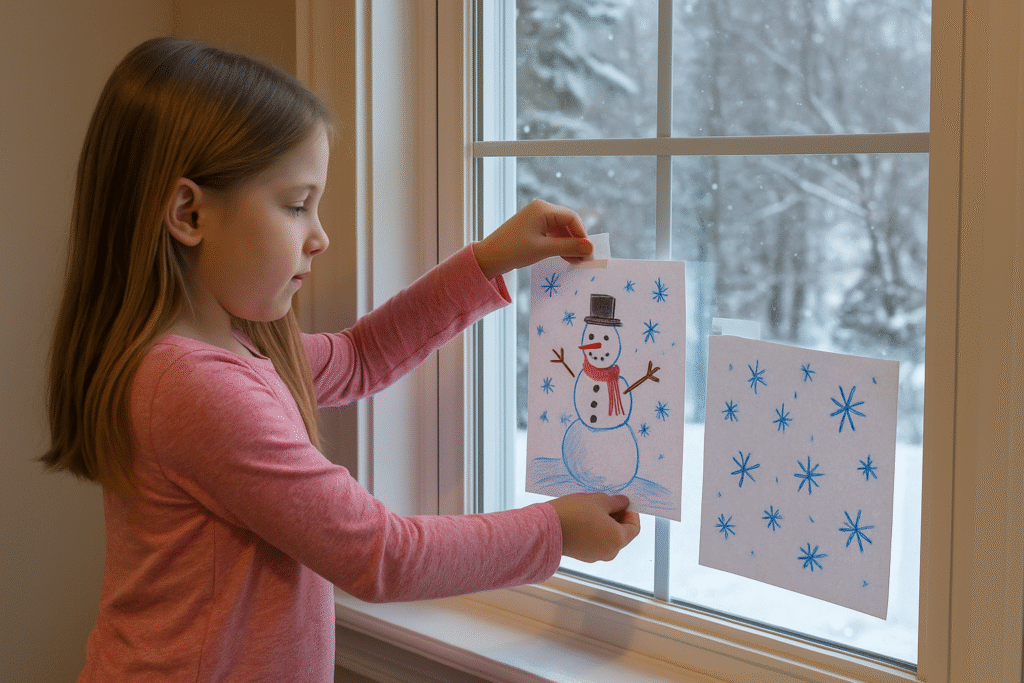
For those with artistic flair, this ritual involves drawing detailed, vibrant pictures of a winter wonderland, complete with snowmen, snowflakes, and deep drifts, and taping them to the window. Like the white crayon tradition, this is an act of sympathetic magic, where creating a representation of the desired outcome helps to bring it into reality. By facing the artwork outward, the children are creating a ‘visual target’ for the snow clouds to aim for. This tradition is a charming, low-effort way to express a deep longing for a snow day, transforming a simple piece of paper into a powerful, personalized snow summons.
9. Sleeping Upside Down in Bed

Less common than the inside-out pajamas but equally dedicated to the theme of inversion is the practice of sleeping with one’s head at the foot of the bed. This complete shift in orientation is another attempt to confuse the cosmic forces and literally turn the world on its head, which is believed to hasten a snow-inducing storm. The discomfort of this reversed sleeping position is considered a small, personal sacrifice that shows a commitment to the cause. While perhaps not the most comfortable night’s sleep, many proponents swear that this disorientation is the final, crucial step to tipping the scales in favor of a school closure.
10. Wearing Thick Socks to Bed
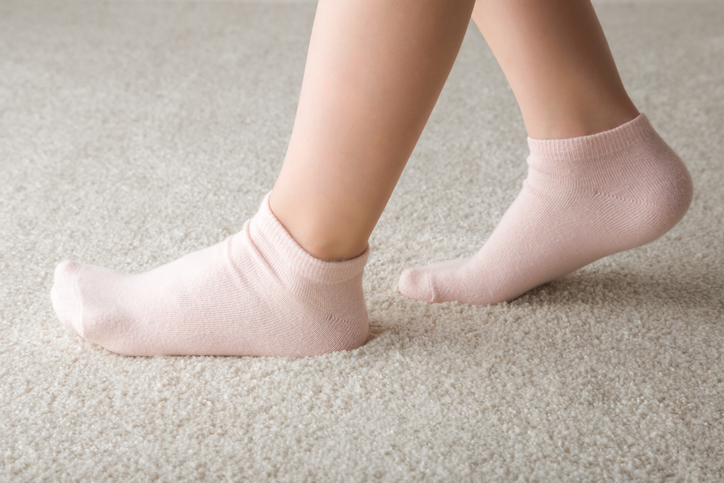
This is a subtle, yet powerful, ritual that goes beyond merely wearing warm clothes. The belief is that by wearing the thickest, warmest, often fuzzy wool socks to bed, you are signaling to the weather that you are adequately prepared for the extreme cold of a blizzard. By ensuring your extremities are completely insulated, you are essentially telling the weather to “bring it on,” removing the need for gentle conditions. This small, cozy act is a testament to the fact that even the most minor adjustments to one’s nightly routine can be imbued with the powerful magic of snow-day hope.
11. Eating Something Cold Before Bed

Many kids insist on eating something frozen, like a popsicle, ice cream, or even shaved ice, right before bedtime to “drop the temperature” and convince nature that a snowstorm is necessary. This playful superstition pops up all across the U.S. and Canada in wintertime. It’s seen as actively inviting the cold in, signaling to the universe that everyone is prepared for freezing conditions. Even if the snow doesn’t arrive, the participant still gets a tasty treat, so it’s considered a low-risk, high-reward snow-summoning ritual..
12. Doing Homework Extra Carefully

This one is an ironic twist. The belief is that if a student spends the entire evening completing all homework perfectly, including projects, readings, and even optional assignments, nature will reward that effort with a school closure. Extra-clean handwriting and neatly packed backpacks are said to increase the odds. It’s a humorous superstition built on desperation: the more prepared you are for school, the more likely it is the school will close anyway. Kids everywhere have experienced the bittersweet truth that snow loves to show up when it ruins your hard work.
This collection of rituals, from the silly spoon under the pillow to the full-out snow dance, represents a shared cultural tradition of hope and anticipation. They are the charming, unofficial acts of faith performed every winter when the clouds turn heavy. While the National Weather Service provides the forecasts, it’s these little, quirky gestures of sympathetic magic that truly make a snow day feel earned. They remind us that sometimes, the magic isn’t in controlling the weather, but in creating a moment of excited anticipation that connects us all.


